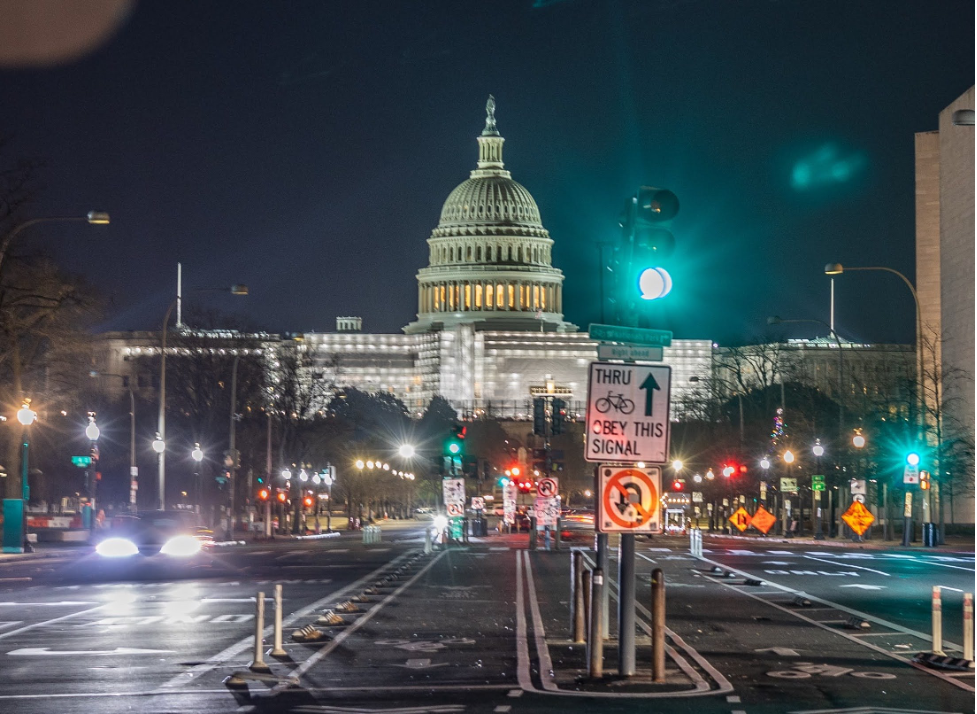Reconciliation Bill Calls for 16 New Battle Force Ships, $4.9B in Unmanned Vessels
- Defense Leadership Forum

- May 1
- 3 min read
The House and Senate Armed Services Committees want to pour billions into shipbuilding — including $1.8 billion for eight landing ships medium and $4.9 billion for unmanned vessels — as part of the Republican-led reconciliation bill’s $150 billion defense package, released Sunday.
The wide-ranging $33.8 billion shipbuilding portion of the defense measure includes $20.3 billion for 16 battle force ships, namely:
Reconciliation Ships
16 Ships are included in a $150 billion defense program.
The ships are part of the $33.8 billion shipbuilding portion of the Republican Reconciliation bill.

The ships are:
▪ Two Flight III Arleigh Burke guided missile destroyers for $5.4 billion.
▪ One Block VI Virginia-class nuclear attack submarine for $4.6 billion.
▪ One San Antonio-class amphibious warship for $2.1 billion.
▪ One America-class big-deck amphib for $3.7 billion.
▪ Three John Lewis-class fleet oilers for $2.73 billion.
▪ Eight Block I Landing Ships Medium for $1.8 billion.
The largest addition from the Navy’s initial Fiscal Year 2025 budget request was $1.8 billion for the Landing Ship Medium Block I program. The Navy canceled a planned RFP last year due to cost overruns.
The ships are designed to support the three U.S. Marine Corps Littoral Regiments created to fight across island chains in the Pacific. The eight new ships will be based on the Israeli Logistics Support Vessel (ILSV), which was built and designed by what is now Bollinger Mississippi Shipbuilding. Last Week USNI News reported the Navy was set to buy the LSM variant for Bollinger’s yard in Lockport, La., under a stipulation in the Fiscal Year 2025 budget allowing the service to buy a non-developmental and commercial LSM option. The budget line items add up to about $225 million per hull. The Navy is also seeking the technical package for the ILSV and the Dutch Damen LST-100 to open up new yards to build the landing ships.
The bill also takes the unusual step of buying the Navy a Virginia-class attack submarine in Fiscal Year 2027. The budget reconciliation process allows the HASC and SASC to obligate money up to four years in advance in the proposed bill. Money for the first Block VI boat was included in December’s stopgap continuing resolution and not part of the bill released Sunday.
The bill also includes three John Lewis-class fleet oilers.
Two legislative sources familiar with the intent behind the bill told USNI News Monday that Congress anticipates the Navy will ask for two Virginias in Fiscal Year 2026 and just one in Fiscal Year 2027. Under the rules of the reconciliation process, the bill can preemptively obligate funds for a second boat in 2027.
Unmanned Ships
The Republican Reconciliation bill includes $4.9 billion for the development of new unmanned systems.
Additionally, the shipbuilding portion includes $1.8 billion for the Navy’s nascent Medium Unmanned Surface Vessel, $1.53 billion for small unmanned surface vehicles and $1.3 billion for unmanned underwater vessels.
The Navy has developed its unmanned surface and subsurface capabilities in fits and starts over the last four years, assembling a hodgepodge of converted commercial ships and more specialized unmanned craft for experimentation.
The service is still working through its plan for MUSV, which is planned to provide adjunct magazines and sensors to manned ships. The plan has changed several times over the last five years.
Meanwhile, demand for smaller unmanned surface vessels has been accelerated as part of the Pentagon’s Replicator Initiative, which would be part of the so-called “hellscape” concept that aims to stymie an amphibious invasion of Taiwan by the Chinese People’s Liberation Army.
The bill also includes multiple line items in technology and infrastructure development, including $500 million for additional drydock capability in the U.S., $450 million for additive manufacturing and $400 million for a “collaborative campus for naval shipbuilding.”
Outside of shipbuilding, the bill also includes money for anti-ship missiles for the Navy and the Air Force and $2 billion for the development of a nuclear-armed sea-launched cruise missile (SLCM-N), plus $400 million to develop the warhead.
The committees are set to mark up the defense section of the bill on Tuesday.
Source: House and Senate Armed Services Committees




Comments